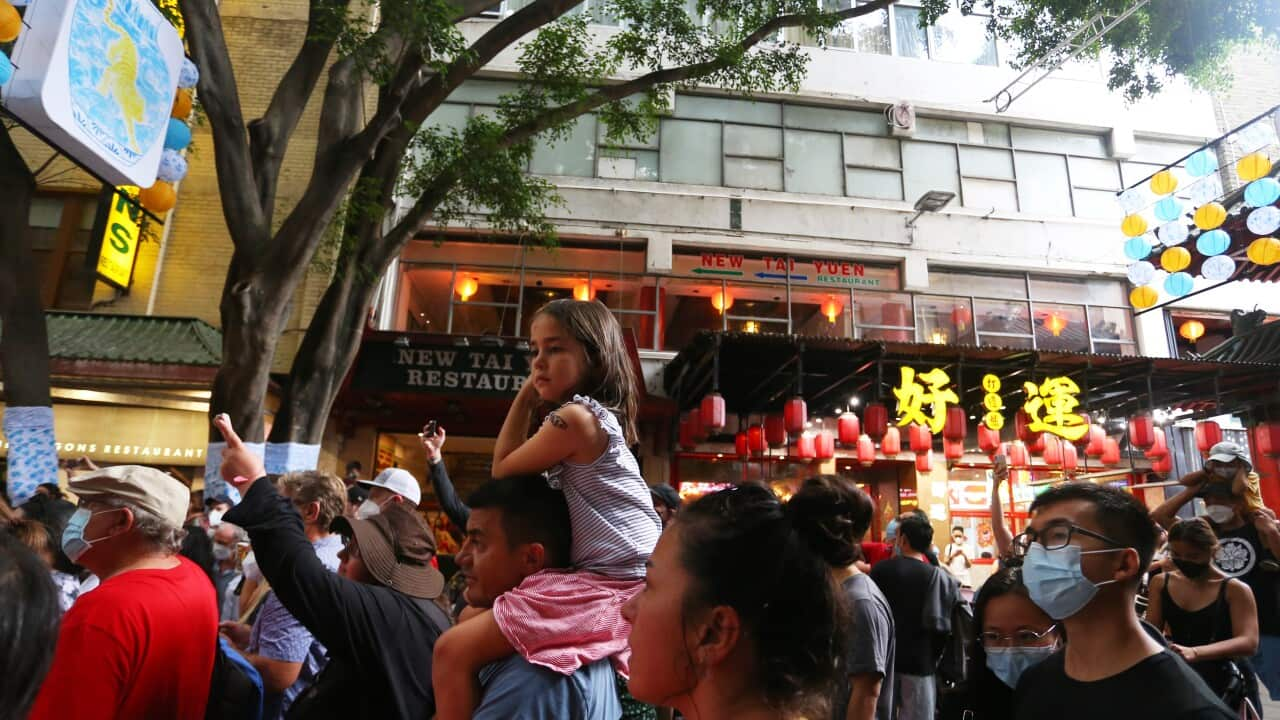Australia has experienced a decline in its overseas-born population for the first time since 2000, new figures released by the Australian Bureau of Statistics (ABS) show, with COVID-19 being the main cause.
In 2021, 29.1 per cent of Australia's estimated resident population was born overseas (7.5 million migrants), down from 29.8 per cent (7.7 million migrants) in 2020.
"This is the first decrease in the proportion of Australia’s overseas-born population since the year 2000," the ABS report released on Tuesday read.
"The decrease reflected reduced overseas migration in and out of Australia, given the COVID-19 travel restrictions. The travel and migration intentions of many people changed due to the pandemic, including those migrating to work or study," said Jenny Dobak, ABS head of migration statistics.
"In the first year of the pandemic there were fewer people born overseas migrating to Australia, as well as fewer people born in Australia departing to live overseas."
Liz Allen — a demographer at the Australian National University — said the drop in the number of overseas-born Australians was concerning.
"Australia is older, whiter and smaller than expected, as a result of the COVID pandemic impact," Dr Allen told SBS News.
"That spells some trouble ahead for Australia. Smaller immigration is a problem for Australia because, even prior to the pandemic, Australia did not have sufficient numbers of local population in the working-age ranges to offset those leaving the workforce.
"So we're going to have some really tough economic times beyond the pandemic. The pandemic was really just a start of the beginning of Australia's very tight fiscal situation," she said.
Simon Kuestenmacher — co-founder of Melbourne-based Demographics Group — agreed that the latest figures could negatively impact on Australia's economy.
"Australia fully relies on net overseas migration for the workforce," he said.
"We are running a business, if you will, as a country that needs migration. And we are struggling a lot because we don't have those migrants," he said.
The largest group of overseas-born Australian residents in 2021 were born in England (967,000 people), followed by India (710,000 people), China (595,000), New Zealand (559,000), Philippines (310,000), Vietnam (268,000), South Africa (201,000), Malaysia (172,000), Italy (171,000) and Sri Lanka (145,000).
Mr Kuestenmacher said these statistics — in terms of diversity — are a world apart from what they were a quarter of a century ago.
"You have two European countries in the top 10 and six Asian nations. And 25 years ago, this was exactly opposite," he said.
While India was the second-largest group of migrants in Australia, this has decreased in size by 13,000 people in one year.
"People born in India are the second-largest migrant group in Australia. The reason for that is that China essentially [puts] a brake on the amount of people that it let's go to Australia, otherwise those born in China would have been bigger," Mr Kuestenmacher said.
He said the Indian migrant base is a very young demographic.
"Most that are here are in their 30s, whereas other migration groups like the Greeks, the Italians, they are now clustered around the late 70s or even early 80s. So the new workforce of tomorrow is the [people from] India and China," he said.
In addition to further developing the Indian migrant sector, Australia should also boost migration from some untapped markets, in particular from countries in our immediate vicinity, according to Dr Allen.
"There are many countries in the Asia-Pacific region that could enter into a mutually beneficial relationship when it comes to migration to Australia," Dr Allen said, referring to nations such as Solomon Islands, Fiji and Vanuatu.
She said a stronger migration program with Pacific Islands nations could help Australia build better relationships in the region, .
Australia should also consider boosting its refugee visa program to increase the size of its migrant group and address skills shortage in the country, Mr Kuestenmacher said.
"The number of asylum seekers or refugees in Australia make up a very, very small share of our migrant intake. We largely run a skilled migration scheme. So Australia definitely has the capacity to absorb more refugees," he said.
In 2020, Australia was ranked ninth globally for the total number of migrants in its resident population.












